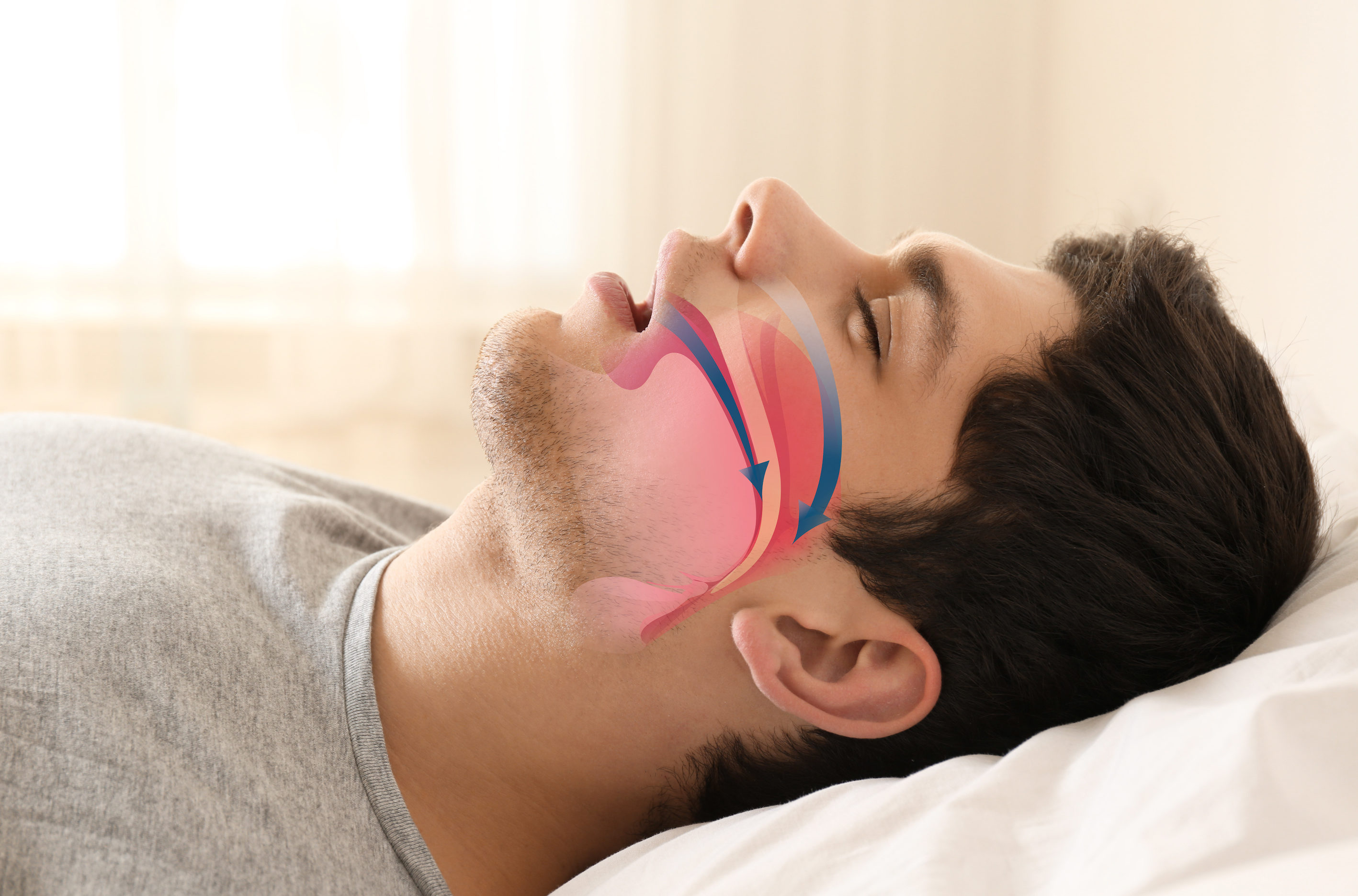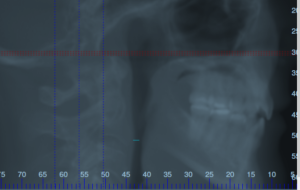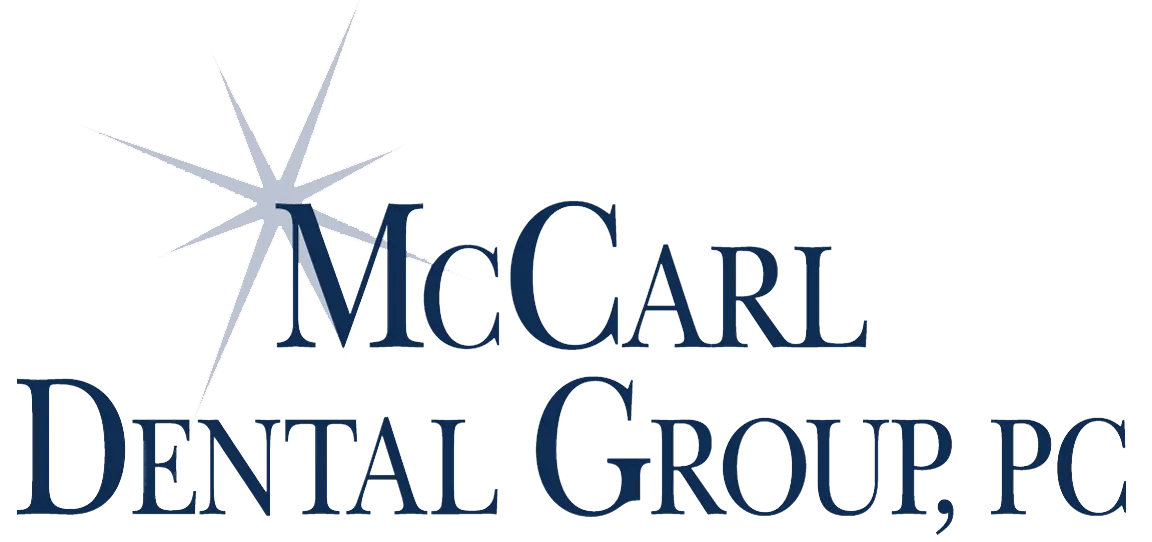

Food - you can live without it up to 40 days. Water – you can live without it just a few days. Air – you can only live without it a few minutes.
About Sleep Apnea
A constricted or reduced airway can cause snoring and Obstructive Sleep Apnea (OSA) which can contribute to teeth grinding, high blood pressure, cardiovascular disease, weight gain, diabetes, accidents and other health problems. Sleep apnea affects 10 to 20 percent of middle aged and older adults – this number does not include the sleep partners who have their sleep interrupted by snoring, pauses in breathing and gasping episodes. Sleep apnea is most prevalent in older, overweight men. There is research that estimates that 80 to 90% of people with moderate and severe sleep apnea are undiagnosed.
What is Obstructive Sleep Apnea (OSA)?
Obstructive Sleep Apnea is the most common form of sleep apnea. OSA occurs when the muscles of the uvula and the soft palate at the base of the tongue relax, causing airway obstruction. Airways can also be reduced or constricted when there is inadequate space for the tongue. When the tongue is crowded in the arch, it is pushed slightly back, reducing the size of the airway. Even a slight change in the position of the tongue can make a significant difference in the amount of air received in a breath through the mouth. Problems occur if a person with inadequate space for his tongue also doesn’t breathe well through his nose. Knowing this today, dentists should be mindful to not inadvertently restrict the size of a patient’s dental arch which may crowd the tongue. “Old school” orthodontics and dental treatments may have inadvertently reduced airway space. It would seem as though extraction of premolars followed by significant retraction of the anterior teeth could lead to narrowing of the upper airway and potentially sleep apnea. However, large research studies have shown that the prevalence of OSA in people with and without premolar extractions is almost identical. With awareness of maximizing airway space, today dentists would rather expand or increase the size of the dental arch, allowing proper space for the tongue and increasing the amount of air per breath a person receives.
How is Sleep Apnea Treated?
Three treatment options for OSA are: use of a CPAP machine prescribed by a physician; a custom oral appliance designed by a dentist (we use the Meridian PM) or surgery. The Meridian oral appliance can adjust the pallet from side to side, front to back, or it can be used to move the lower jaw down and forward.
Meet the McCarl Dental Group Team
At McCarl Dental Group, we are dedicated to helping patients achieve the optimal level of oral and whole body health. Our doctors complete advanced training to ensure we always deliver dental services with the proper function of the whole body in mind. If you’re interested in learning more about airway evaluation or any of our dentistry services, please don’t hesitate to contact us in our Millersville or Greenbelt dental offices. We look forward to partnering with you and your family to lead healthy, happy lives.
Latest Blog Posts

Dental Bridges vs. Single Implants: Which Fixed Solution Is Best for Your Tooth Loss?

Porcelain Veneers: Designing Your Smile Makeover for Lasting Aesthetic Results

